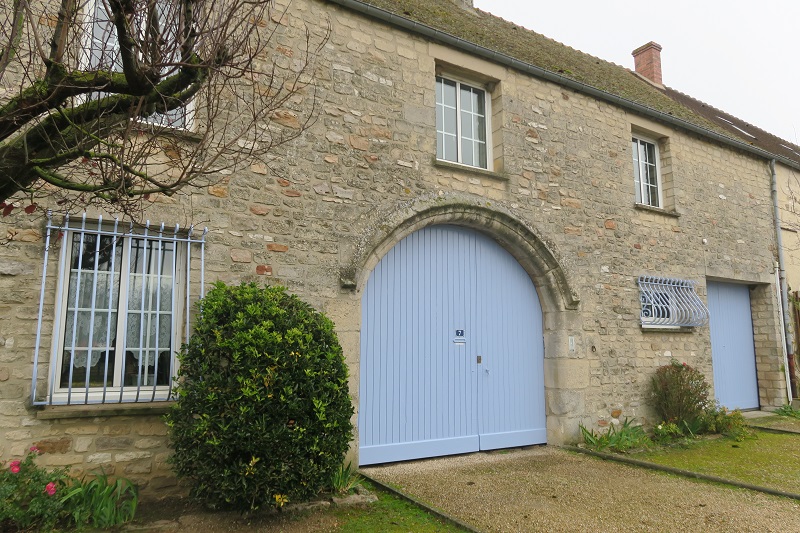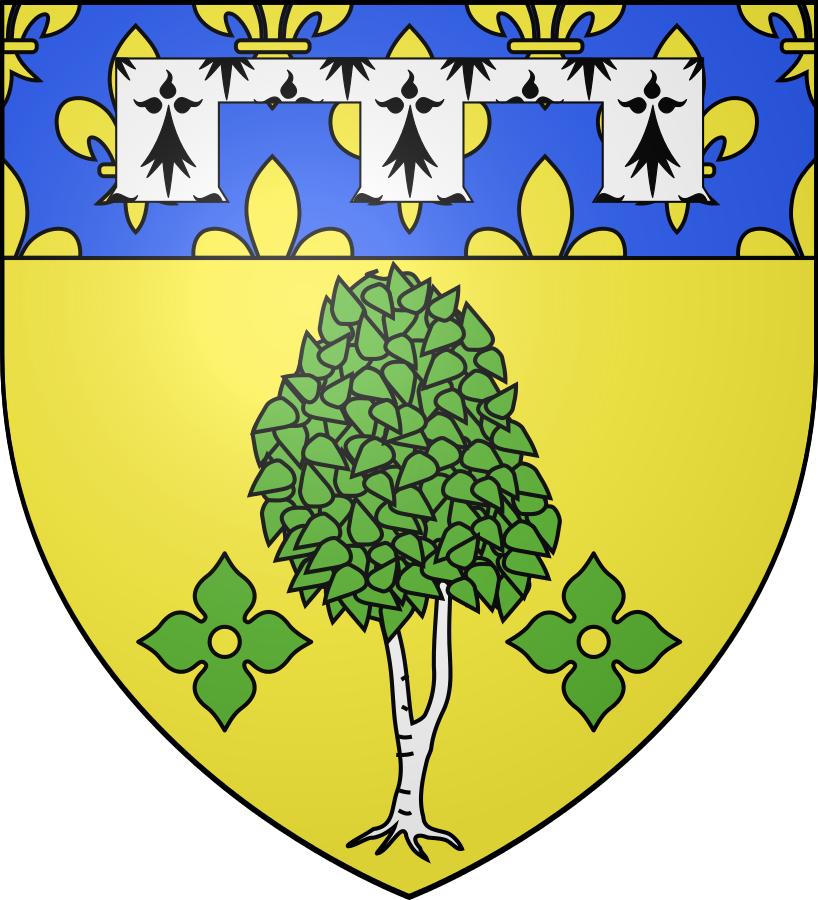Informations directionnelles
Retourner vers l’église, puis vers la ferme de l’Hôtel-Dieu.
Prochain point : lat="49.1512" lon="1.88694"
THE OLD SMITHY
A bygone skill
Located on a main road…
Travellers couldn’t miss the blacksmith’s smithy in the main street. A series of three two-storey building, it’s thought it was built in either the 18th or 19th centuries. The corner quoins, door and window frames are all made from cut stone, while the rest is plastered quarry stone. A passageway in the main building separates the living quarters in the north-west from the smithy in the south-east. A door under the passageway leads into the living area. On the other side of the passage, the smithy opens out on a courtyard at the rear of the building where the forge is. This building is not open to visitors.
… the noise and smell of the forge filled the air
Blacksmiths shod horses using iron heated in the forge. He starts by pulling out the nails to remove the old shoes. Next he files and trims the hoof with a foot knife and hoof chisel, before cleaning and filing the horse’s hoof. He then works with the hot iron to form and shape it on an anvil, places the shoe on the hoof to adjust it and nails it on when the fit is right. It takes about 20 minutes for each horseshoe.
The blacksmith didn’t need a sign to advertise their trade! The noise and pungent smell were more than enough to mark out their place of work. But the most common trade sign in the region was the “
bouquet de saint Eloi” in honour of Saint Eligius, the patron saint of metal craftsmen. Blades radiated outward from a central horseshoe and each blade had a horseshoe at its tip. The sign was shaped like a fan and was widely used especially in the 19th century.




